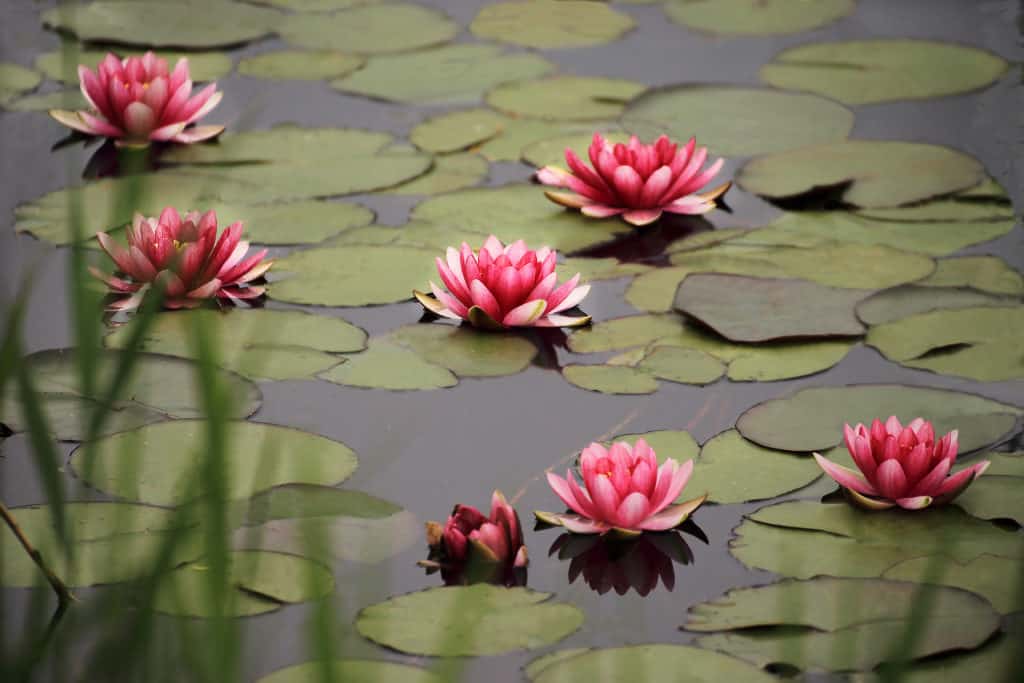
Rivers and ponds are, in essence, Mother Nature’s very own aquariums, with its teeming inhabitants, water creatures, and live plants. But what if I told you can bring some of these aquatic plants to live and flourish in your own house?
As a whole, river and pond plants can live in a freshwater aquarium but some may not survive the transfer. They also need rigorous cleaning, sterilization, and quarantine beforehand. This is to prevent unwanted pests and algae from contaminating the tank, especially if it contains live pets.
Below, l talk about various aquatic plant types in natural freshwater bodies and in aquariums, along with their similarities. In addition, I’ve listed a step-by-step guide and helpful tips on how to properly move live plants collected from rivers and ponds into your aquarium.
Table of contents
- Aquatic Plants in Rivers and Ponds (Freshwater)
- Aquatic Plants in Freshwater Aquarium
- What are the Similarities in Rivers, Ponds and Aquariums?
- Can River and Pond Plants be Transplanted Successfully into an Aquarium?
- What are the Steps Needed to Transfer River and Pond Plants into an Aquarium?
- What are the Benefits of Doing This?
- Final Words
(As an Amazon Associate, I earn from qualifying purchases.)
Aquatic Plants in Rivers and Ponds (Freshwater)

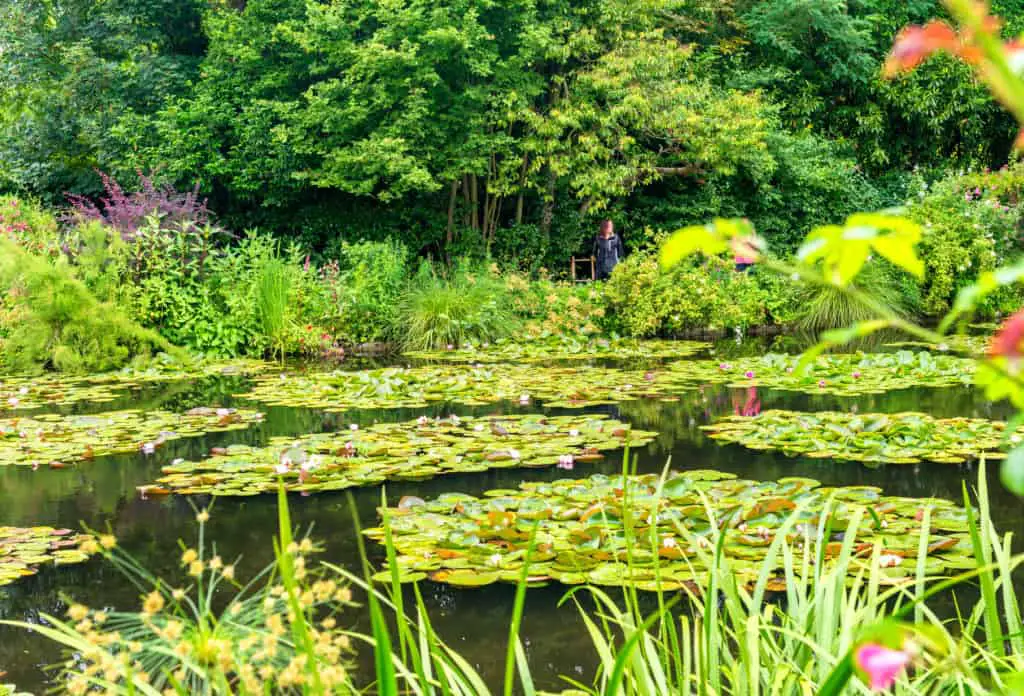
Strolling along a river or pond, you’re bound to notice the vegetation that grows along the shore and on/in these bodies of water. There are 6 types of aquatic plants living in freshwater bodies which can be further grouped into 4 main groups; namely:
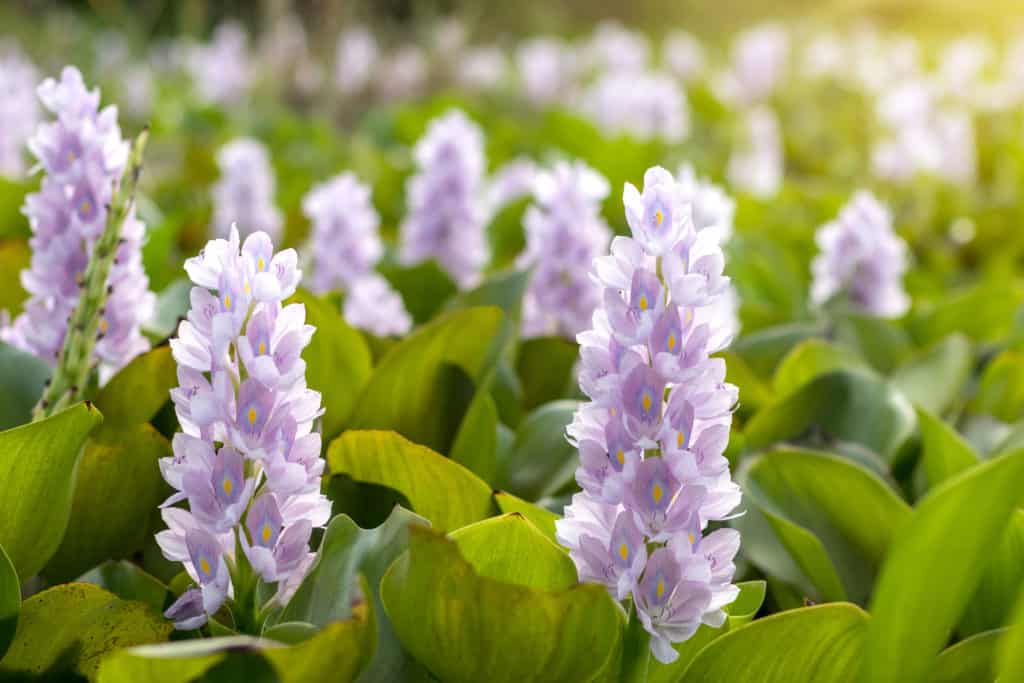
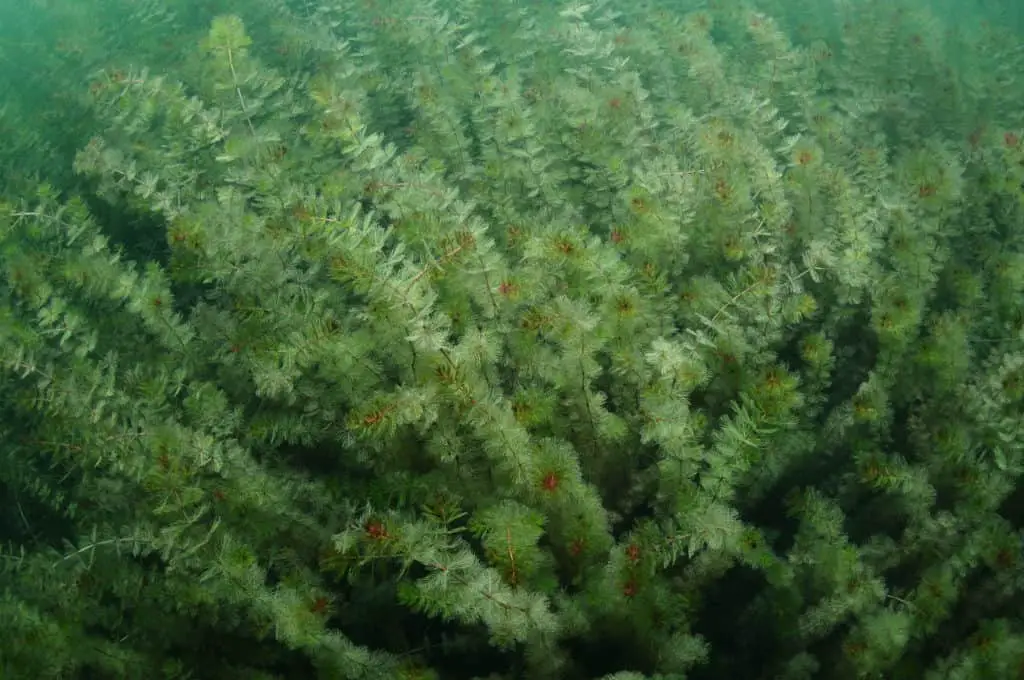
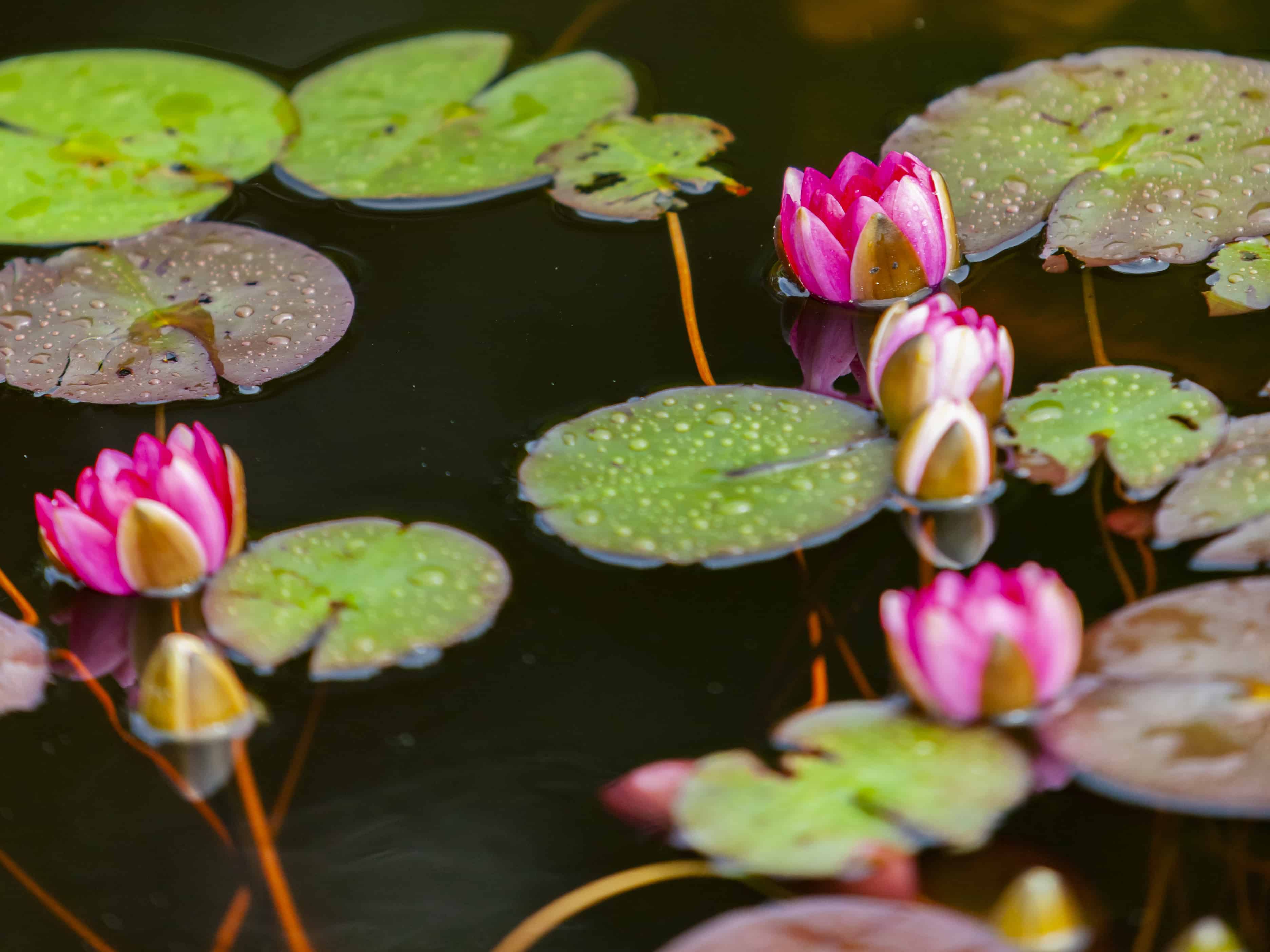
- Floating plants – plants that float freely with no roots attached to the bottom of the water or in the sediment, like water hyacinths.
- Submersed plants – rooted plants that grow exclusively underwater and are characteristically recognized by their limp stems, like coontail. Occasionally their fruits and flowers rise above the water.
- Emergent plants – rooted plants that either float on the water surface or grow extensively above it, like water lilies.
- Algae and others – plant-like organisms that don’t have roots.
Some of these are non-native plants in the US and have become an aggressive, invasive species that will choke out native plants by taking up a major part of its vital resources and in some areas, clog freshwater bodies. This is why several states have a list of invasive species that are illegal to cultivate and possess. Some are even required by law to manage and eliminate them where needed to maintain the balance of a water bodies ecosystem and its environment.
Aquatic Plants in Freshwater Aquarium
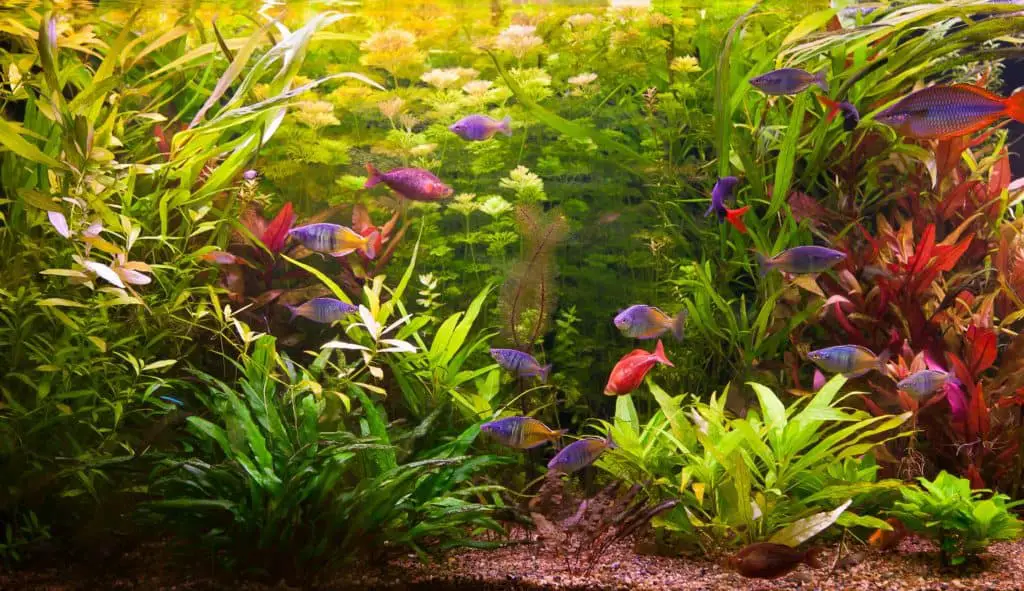
Having aquatic plants thrive with the rest of your underwater friends in your tank is a favored alternative to its plastic counterparts. This is usually done to replicate a relatively close environment to their natural freshwater habitat, which is aesthetically more pleasing to look at. Aquascaping is a particular niche that’s been growing over the years with a significant crossover between plant decor and fish-keeping. In aquascaping, underwater plants are often made and assembled to be the main attraction in an aquarium rather than the fish or other aquatic inhabitants.
The most common live plants that you can put in a fish tank are the following:
- Vallisneria
- Hornwort
- Water Wisteria
- Java Fern
- African water fern
- Cryptocoryne
- Brazilian Micro Sword (Lilaeopsis)
- Java Moss
- Anubias
You’re more likely to recognize these plants by sight than by names. Fun fact: some of these aquatic plants are also considered invasive species, which means if not maintained, will grow rapidly in your tank. And with what I’ve mentioned in the previous paragraph, it’s very important that these plants are never released into open waters, even if they are dead. Always dispose of them into the bin, making sure to seal it into a plastic bag first.
What are the Similarities in Rivers, Ponds and Aquariums?
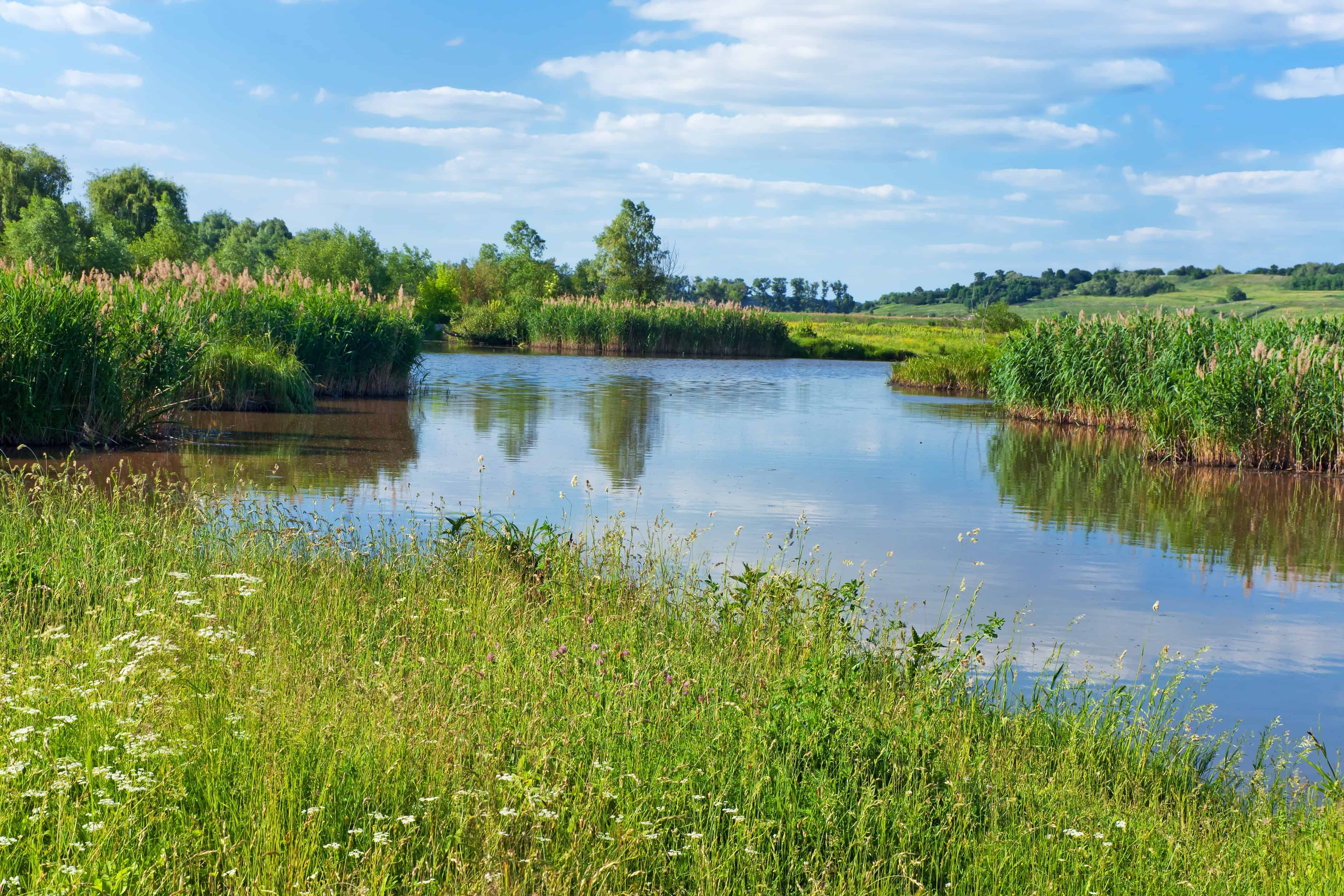
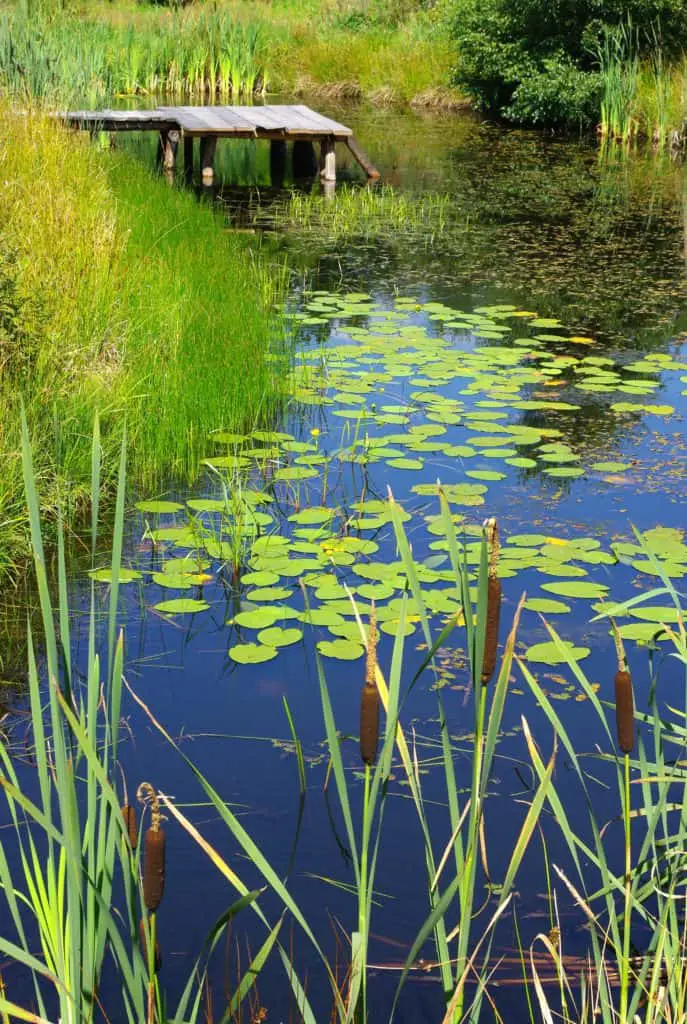
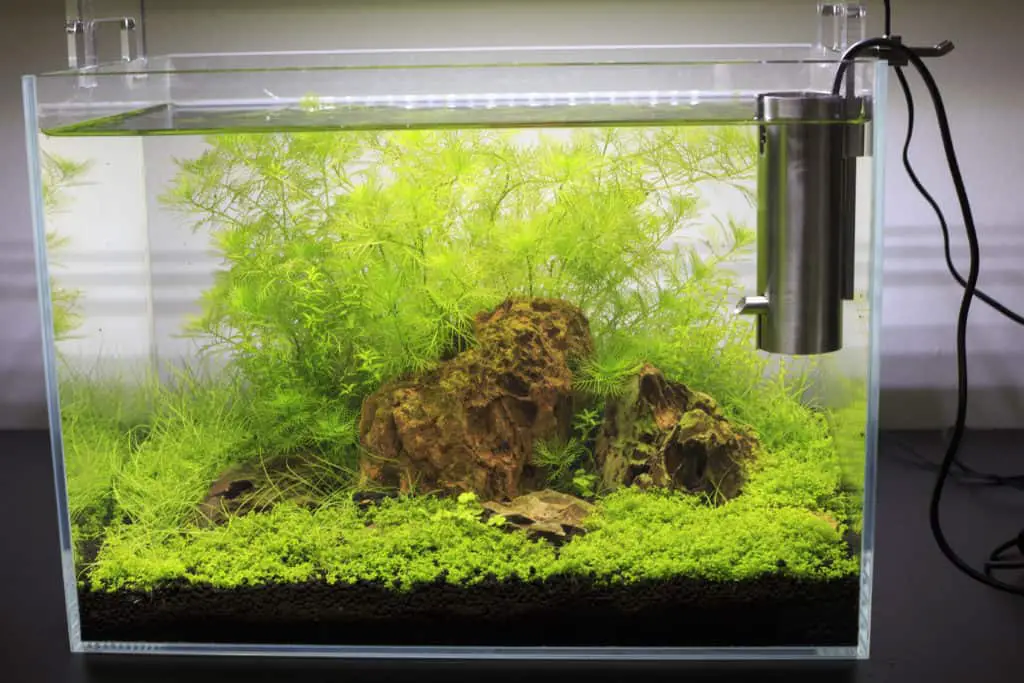
Rivers and ponds have their own respective ecosystems according to where their natural habitats are. The main difference however between the both of them is that river ecosystems have a constant streaming water with flow rates that vary at any point – this continually shapes the physical microhabitats. On the other hand, a pond is a still and calm body of water and would not face as many physical changes both in composition and microhabitats due to slow water flow. Basically, a river may flow into a pond but that doesn’t mean their compositions will be exactly the same. However, both still abide by the 2 basic distinctions of a freshwater ecosystem:
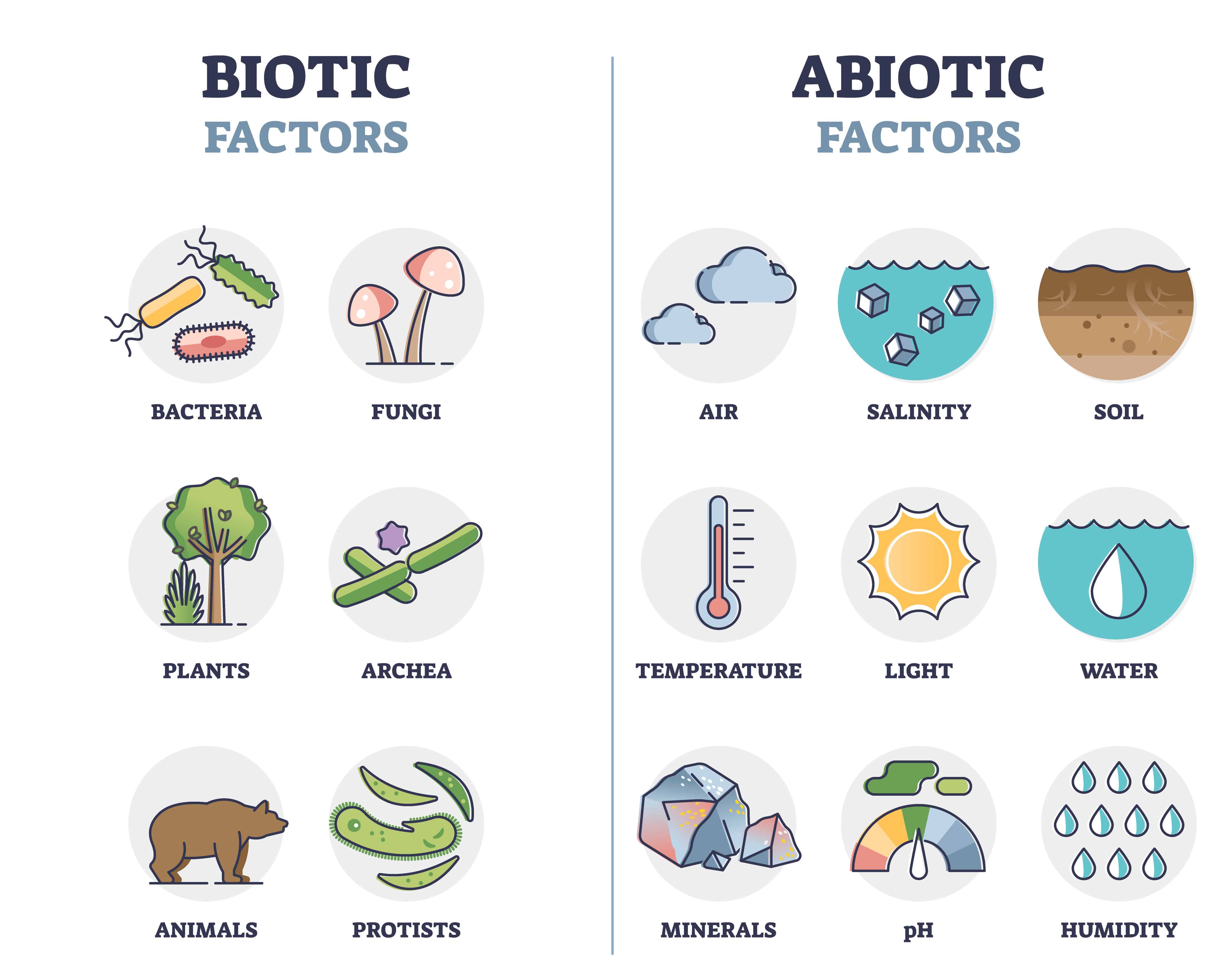
- Biotic – living organisms categorized into producers (plants), consumers (animals) and decomposers (bacteria or other organisms).
- Abiotic – non-living physical and chemical properties of the environment.
This is also the same ecosystem that an aquarium uses to house its inhabitants, whether it be a closed or open system (though the latter is more common). Although a river and a pond has a more diverse ecosystem due to its considerably large size, it is worth noting that it’s not impossible to create your own mini ecosystem at home as long as you’re willing to put the effort, time and expenses into it. It’s kind of like a terrarium but underwater.
Can River and Pond Plants be Transplanted Successfully into an Aquarium?
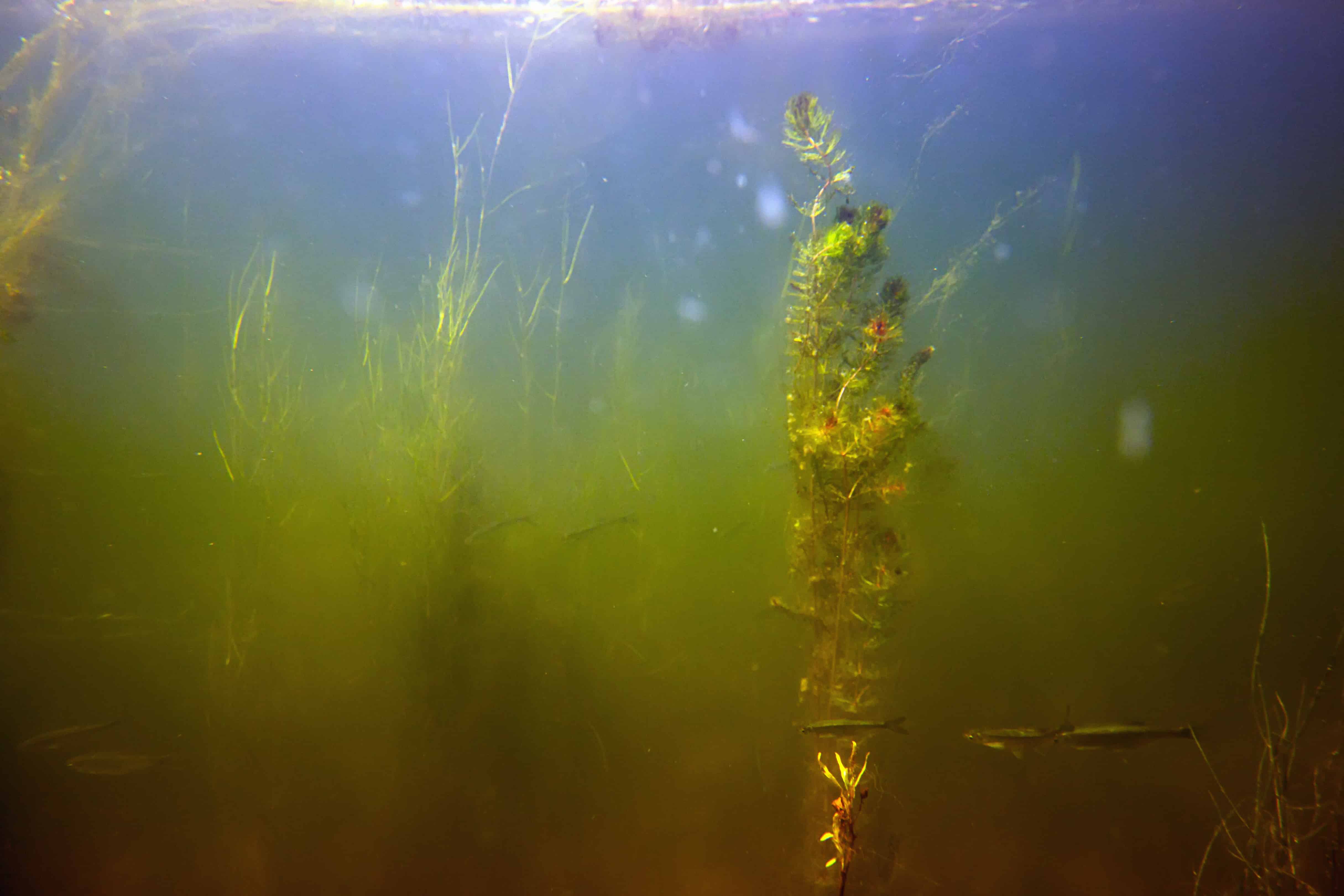

The answer is yes and no, largely because it depends on the plant itself being resilient enough to survive the move and whether the conditions in your aquarium are sufficiently adequate for it to live in.
Important note: Always check your local laws before collecting wild, aquatic plants. Each country and their respective states or regions (and sometimes special cases like parks) have their own laws regarding these plants and a list of what is allowed to be collected. Please follow as is dictated before attempting to take any aquatic plants from the open waters.
By being conscious of what and how much you take from the wild and leaving rare species alone to thrive, you are contributing to keeping these freshwater ecosystems flourishing for years to come. Please ensure that the environment is protected and taken care of at all costs.
What are the Steps Needed to Transfer River and Pond Plants into an Aquarium?

After researching your local law and identifying the aquatic plants along with its type (whether floating, submersed or emergent), there are 2 main things you need to immediately do before introducing your new live plants into your aquarium.
You have to quarantine and get rid of any hitchhikers on your river/pond plants. These are aquatic plants from the natural waters so there are bound to be small organisms living on them such as insect larvaes, algae, crustaceans and worms. While some of these would make good fish food for your pets, you don’t want to risk introducing diseases and possible predatory insects like dragonfly larvaes (which are commonly encountered), that will eventually grow in your aquarium and eat your fish. Reenacting the Circle of Life in your tank is not the best way to kick off your initiation into aquascaping.
Here are the following steps you need to take:
- Rinse your aquatic plant as best as you can outdoors under running water, making sure to get rid of any noticeable pests and algae clinging onto the roots, stem and foliage. While this does not guarantee a total removal of hitchhikers, it will still reduce the visible ones you can detach by hand. At the same time, get rid of any residue or sediments still attached to the roots carefully.
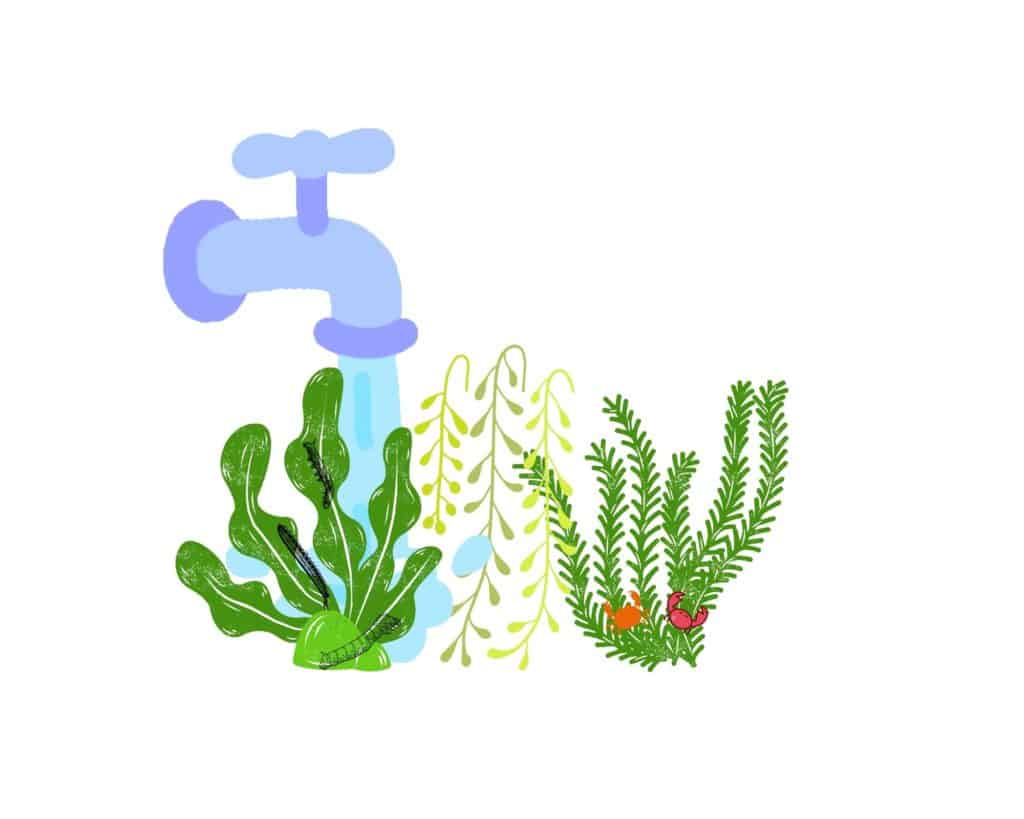
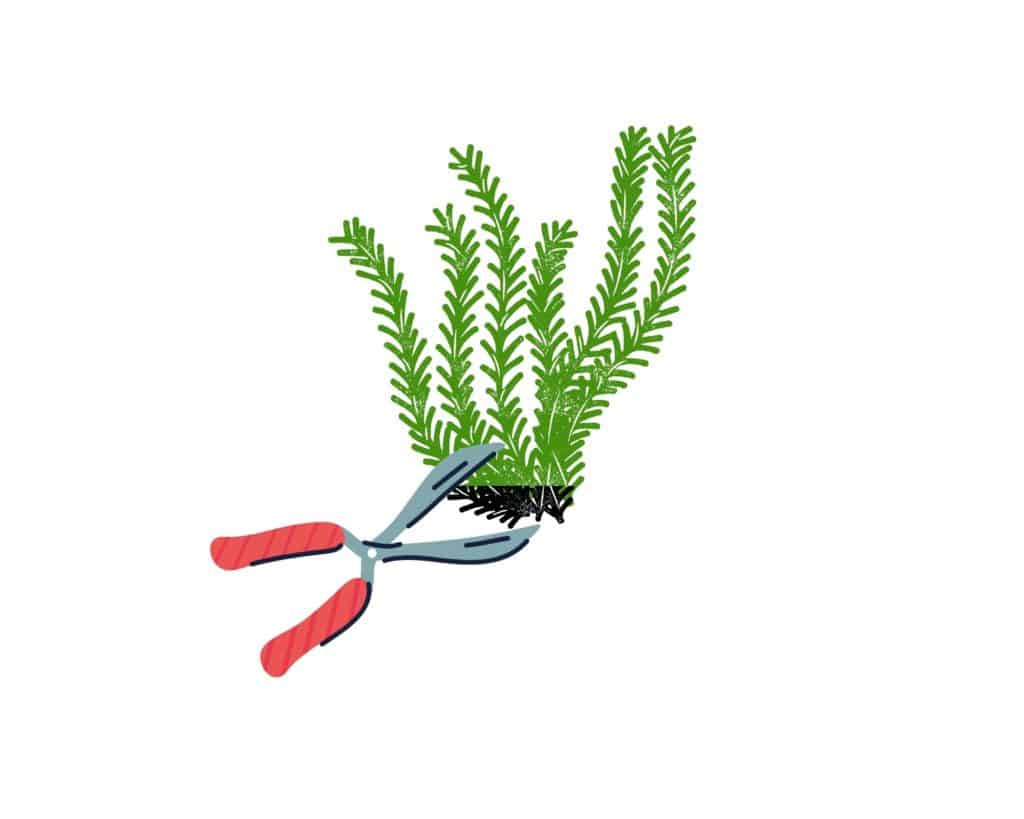
2. If the roots are particularly overgrown or black and mushy, cut them off about 1-2 cm each using a sterilized cutting tool. At the same time, remove damaged or discolored leaves and stems as well. If the central part of the plant smells bad and is mushy, the plant is dead. Discard them properly into the bin, wrapped in either newspapers or sealed in a plastic bag.
3. Disinfect your aquatic plant, and make sure to wear gloves and handle the chemical solution with care during this part of the process.
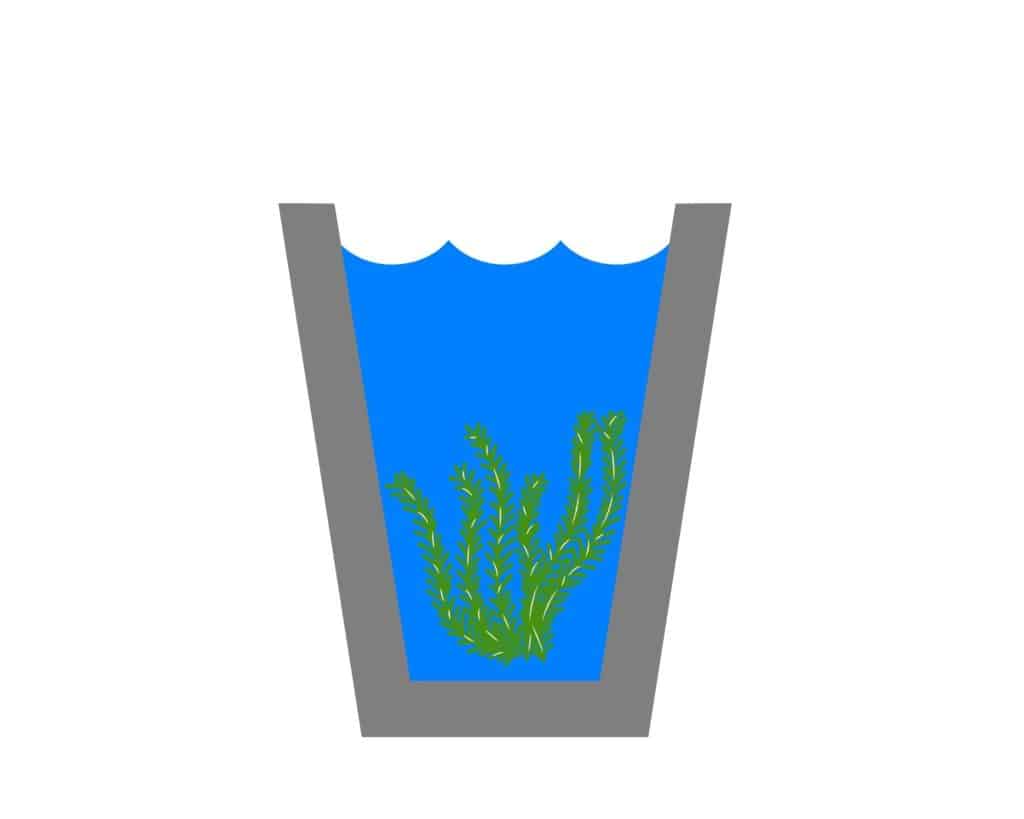
Important note: The use of chemicals to kill off unwanted pests and pathogens in live plants have always been in constant discussion for years and the consensus is still a mixed response and results. However, I have included this step just in case for anyone’s benefit if they wish to include it in their cleaning treatment of their new aquatic plants (whether store-bought or taken from the wild). Otherwise, feel free to jump to step number 4.
There are 4 well-known dipping treatments used for this. But please do your research beforehand and be mindful of the species of plant you have. Some will be able to handle it while others can only be soaked for less minutes than the rest (i.e the more delicate it is, the less soak time it gets):
a. Alum Treatment. Prepare a gallon of room temperature water with 1-3 tablespoons of alum. Soak your plants in this solution for 2-3 hours, making sure to rinse thoroughly with dechlorinated water afterwards. I’d recommend using this Pure Aluminum Sulfate on Amazon.
b. Potassium Permanganate Treatment. Prepare a liter of room temperature water with either 4 mg or a few drops of Potassium Permanganate (avoid direct sunlight as this will cause the solution to lose its potency). Soak your plants for 10-15 minutes, and rinse thoroughly with dechlorinated water repeatedly afterwards. Note: Potassium Permanganate is harmful to shrimp even in residual levels so avoid using this treatment if your aquarium has shrimp in it.
c. Hydrogen Peroxide Treatment. Prepare a gallon of room temperature water with 2-3 mL of 3% Hydrogen Peroxide. Soak your plants for not more than 5 minutes, less if it is a particularly delicate plant, and rinse thoroughly with dechlorinated water repeatedly afterwards. If you don’t have any on hand, give this Hydrogen Peroxide 3% from Amazon a go.
d. Bleach Treatment. Prepare a gallon of room temperature water with 2 tablespoons of bleach (ensure that it is unscented, has no color and very few or no other additives). Soak your plants for 1-2 minutes and then move into a bucket of dechlorinated water. Rinse thoroughly with room temperature water repeatedly afterwards.
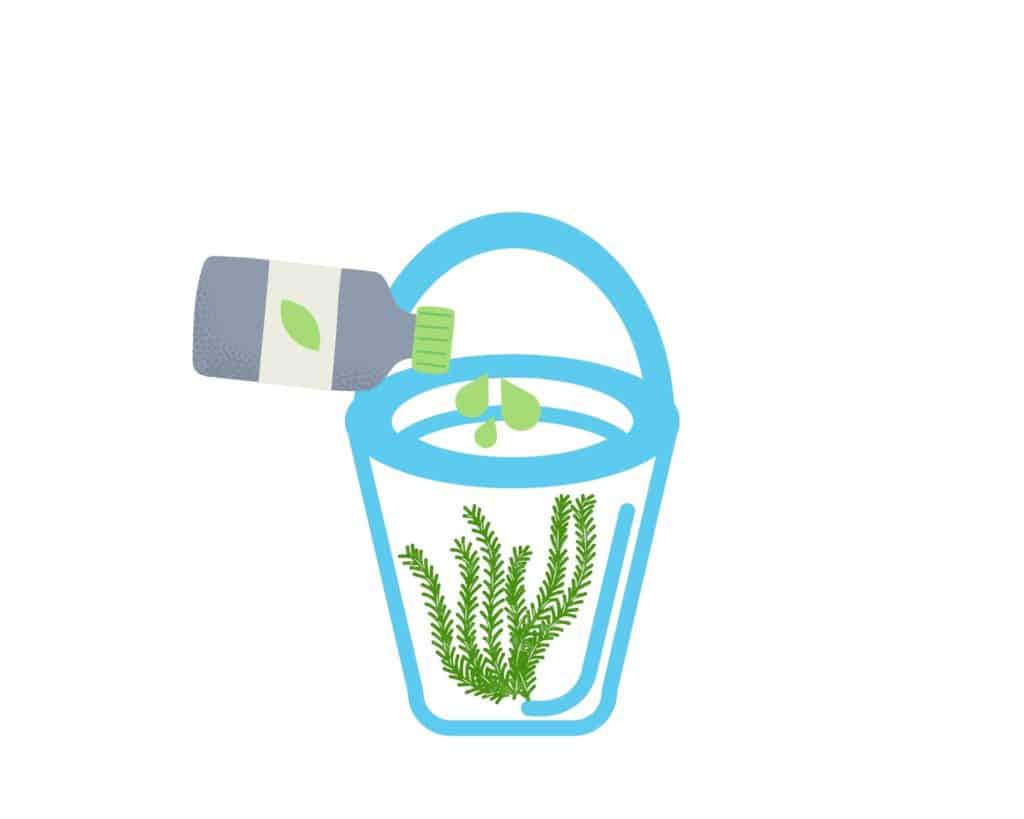
4. In a bucket or small tank of room temperature water, add a water conditioner (I recommend giving the Seachem Prime Fresh and Saltwater Conditioner on Amazon a go) and follow the product label’s instructions. This helps by removing heavy metals, binding to residues and pesticides to ensure a relatively clean water environment. Quarantine your plants in this solution, making sure they are fully submerged for at least 5 days, though you can certainly keep it here longer. Keep an eye on the plants’ overall health and observe if there are still any persistent pests that may have surfaced during this period.
5. Change the water in the quarantine container every day and refill with the same water conditioner solution until the quarantine period is over.

- After the quarantine is over, rinse the plants thoroughly with water and carefully introduce it into your aquarium.
It’s worth noting that this does not only apply to wild, aquatic plants but also to store-bought live plants from aquarium shops. Also, you should never pour river or pond water directly into your aquarium. It’s the same principle here where you want to avoid introducing other organisms into the tank. Gradually let the newcomers slowly but surely acclimate to their new home after quarantine.
Now comes the crucial bit. You have to remember that these wild plants came from a different environment than the one in your aquarium. After the stresses it went through from being uprooted, disinfected and quarantined, the final frontier it will be facing is whether or not it will survive and eventually thrive in your home.
The best thing you can do? Monitor it for the next few weeks once it’s in your aquarium. Some will die off as it gets used to its new surroundings, this is inevitable but don’t worry, this makes room for new leaves to grow in its stead. Remove the dead leaves and parts from the water accordingly when it happens.
Another thing to remember is to be mindful of the plants’ type and plant it accordingly. For example, if it is an emergent plant like a water lily, it should have its roots planted in the substrate at the bottom of the tank with enough space at the top to float and grow under the provided light.
Generally, live plants being sold in aquarium or pet shops are emergent plants which is why they don’t last long when planted underwater. Although there are hybrids where they can grow as both an emergent and submersed plant, it is still best practice to identify your plants’ type. This way, you avoid the scenario of them dying off in your care for simply not knowing their basic profile.
In the event that your adopted wild plants don’t survive the transfer, do not simply throw them back into the open waters. As previously mentioned before, wrap and seal them up tightly in a disposable bag before throwing them into the bin. It may be tempting to flush it down the toilet but trust me when I say you’ll only be reenacting a plant version of Finding A-Certain-Clownfish that will come back to haunt you and destroy your filtration tank, causing algae to form and all your other fish to disappear. Dramatic, maybe, but seriously, dispose of your aquatic plants and fish properly.
What are the Benefits of Doing This?
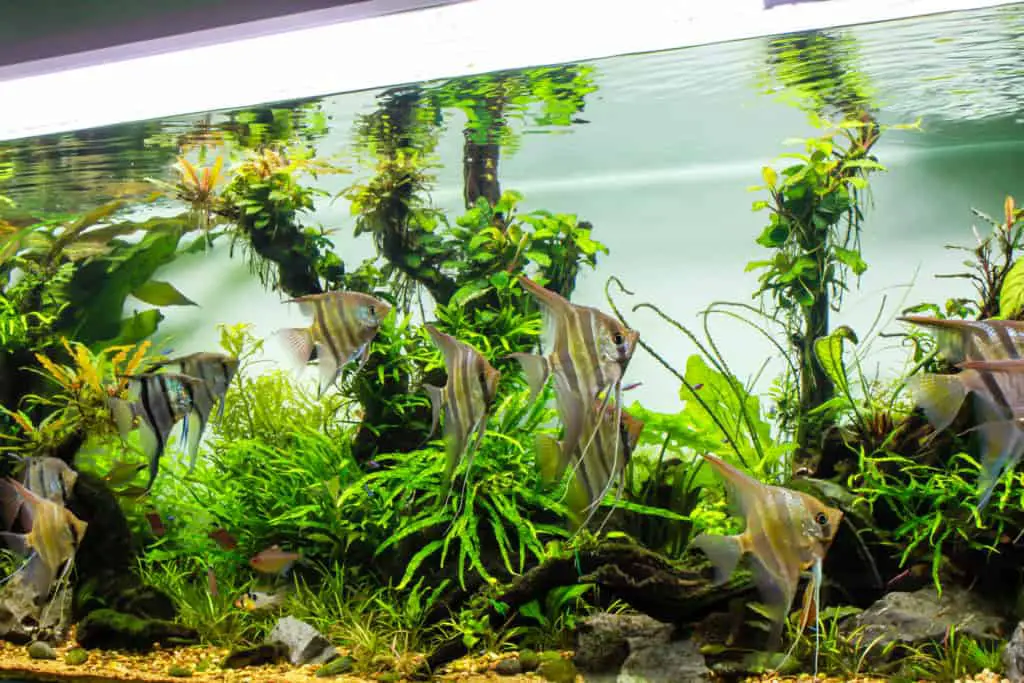
There are several advantages to having live plants in your aquarium generally, not only from freshwater bodies like rivers and ponds:
- Supplement Chemical Filtration. On top of the mechanical filtration system doing the bulk of the work to keep the aquarium’s ecosystem balanced, aquatic plants can further support this by absorbing nitrates in the water from the substrates and through its leaves.
- Supplement Oxygenation. Like their land counterparts, aquatic plants also photosynthesize and absorb carbon dioxide from the fish to produce oxygen for their benefit. Even with the already present air pump system in the tank, this is an added bonus to their placement in the aquarium.
- Algae Reduction. To control the growth of algae in your tank, aquatic plants will do more than its fair share by taking up the available nutrients for its uses instead and therefore, starving the algae. Other aquarium pets such as Amano shrimps and Black Mollies are also known to control algae growth as it feeds on them.
- Shelter & Protection. Specifically, for the fish and other underwater pets in the aquarium. Some fish species are known for their aggressive and territorial behavior, so providing a lush environment with live plants not only is a good way to reconstruct their natural habitat, but to also provide hiding nooks for the other fish. Moreover, these could further serve as a safe place for them to breed and lay their eggs.
- Stabilized Substrate. Substrate refers to the gravel, sand, vermiculite or crushed corals placed at the bottom of the tank. Aquatic plants will form a strong root system within these materials and secure the substrate as well as break up anaerobic pockets. Which if not kept in check, could eventually lead to production of hydrogen sulfide gas which is toxic to your fish. If that isn’t incentive enough, a stable substrate will create a natural floor ground for your aquarium’s aesthetic. I’d recommend getting the Seachem Flourite Black Clay Gravel on Amazon for your aquarium.
Final Words
Recreating a piece of the outside world in your own aquarium is a challenging journey in of itself but it makes the efforts and results worthwhile. It always starts with understanding the whys and the hows, taking only what you need from the environment to finally bring it home, and to care for it until it successfully settles and blooms in its new living space. Happy planting!
References:
- Aquatic Plants | | Wisconsin DNR. (n.d.). Dnr.wisconsin.gov. https://dnr.wisconsin.gov/topic/lakes/plants
- National Geographic Society. (2019, August 2). Freshwater Ecosystem. National Geographic Society. https://www.nationalgeographic.org/article/freshwater-ecosystem/
- O’Hare, M. T., Baattrup-Pedersen, A., Baumgarte, I., Freeman, A., Gunn, I. D. M., Lázár, A. N., Sinclair, R., Wade, A. J., & Bowes, M. J. (2018). Responses of Aquatic Plants to Eutrophication in Rivers: A Revised Conceptual Model. Frontiers in Plant Science, 9. https://doi.org/10.3389/fpls.2018.00451
- Plant Categories | Aquatic Plants, Algae & Lakes | Water Quality Program | Washington State Department of Ecology | Aquatic Plant Identification Manual for Washington’s Freshwater Plants | Washington State Department of Ecology. (n.d.). Fortress.wa.gov. Retrieved October 20, 2022, from https://fortress.wa.gov/ecy/gisresources/lakes/AquaticPlantGuide/categories.html
- Plant Identification | AquaPlant. (2019). Tamu.edu. https://aquaplant.tamu.edu/plant-identification/
- Pond Ecosystem. (n.d.). https://www.caryinstitute.org/sites/default/files/public/downloads/curriculum-project/1B3_pond_ecosystem_reading.pdf
- River ecosystems. (2014). Science Learning Hub; Science Learning Hub. https://www.sciencelearn.org.nz/resources/439-river-ecosystems
- State, W. (2006). Native Plants for Aquatic Gardens and Aquariums A guide for using plants native to the Northwestern U.S. in decorative ponds and aquariums. https://apps.ecology.wa.gov/publications/documents/0603004.pdf
- Streams and Rivers. (2013, July 31). Texas Aquatic Science. https://texasaquaticscience.org/streams-and-rivers-aquatic-science-texas/

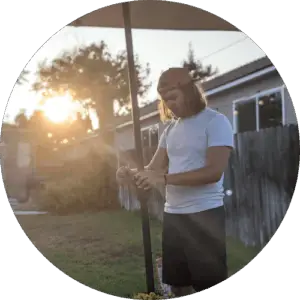
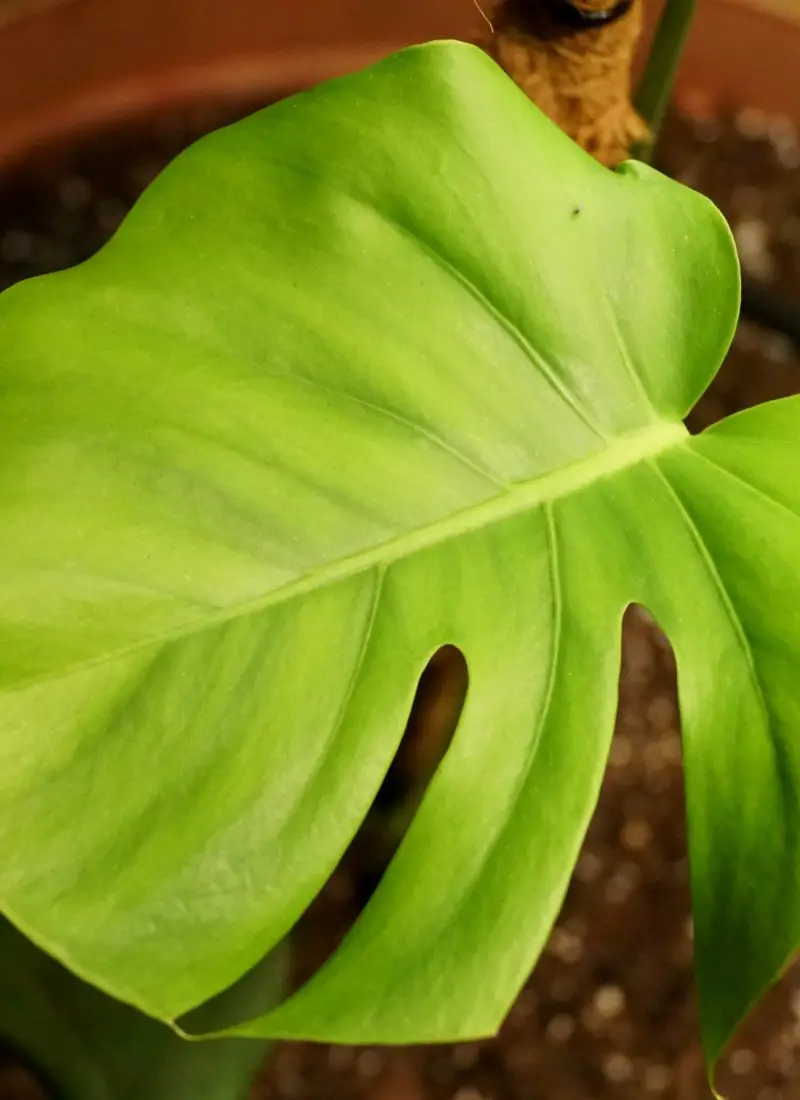
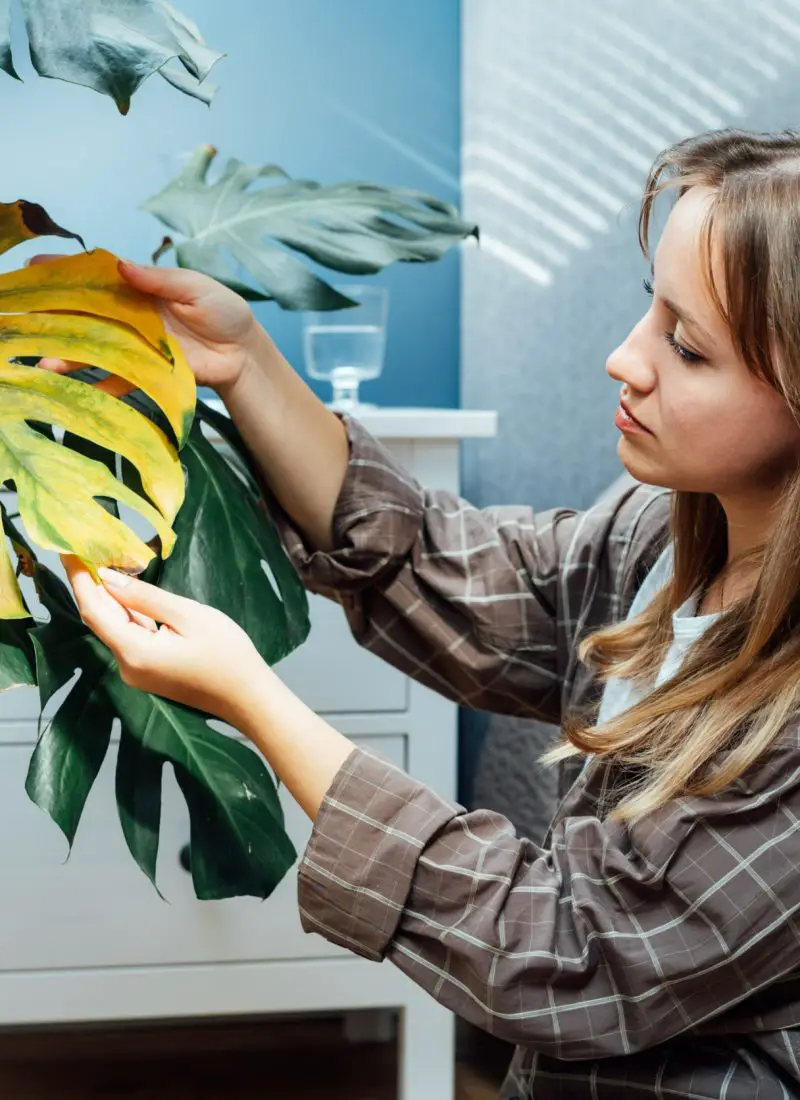
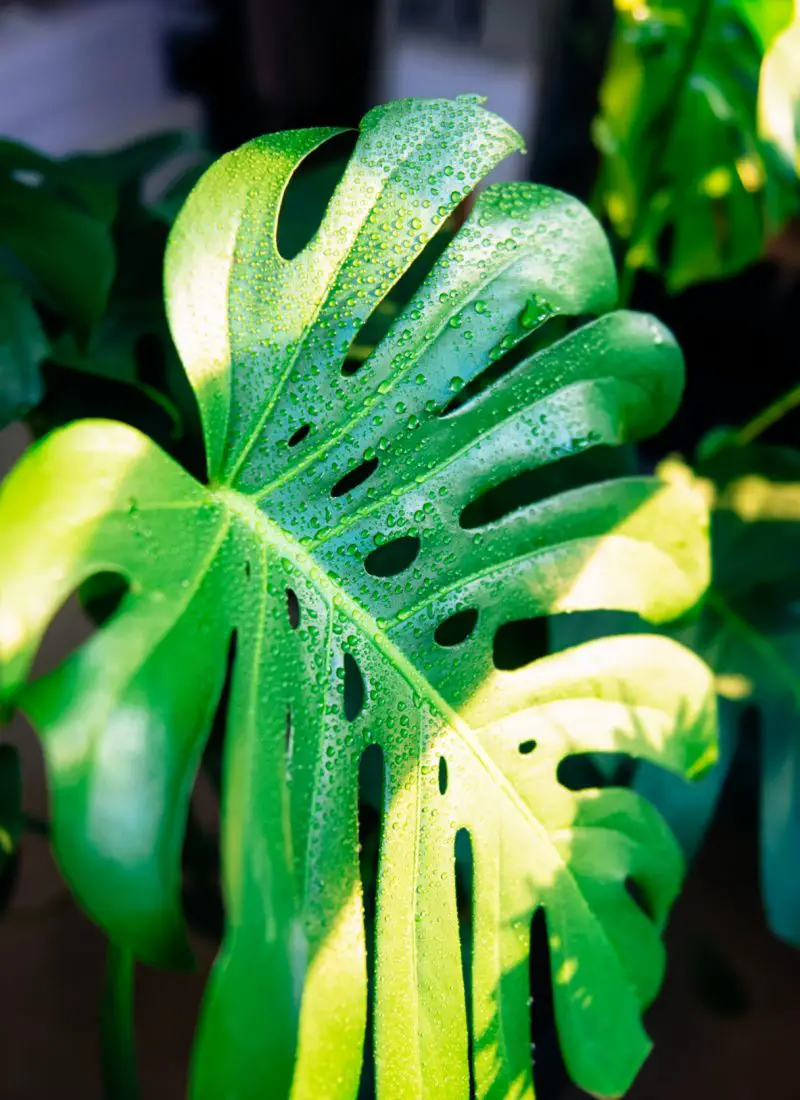
Buen blog! Realmente amo lo fácil que es para mis ojos y los datos están bien escritos. Me pregunto cómo se me notificará cuando se realice una nueva publicación. Me he suscrito a tu feed, ¡lo que debe hacer el truco! ¡Que tengas un gran día!